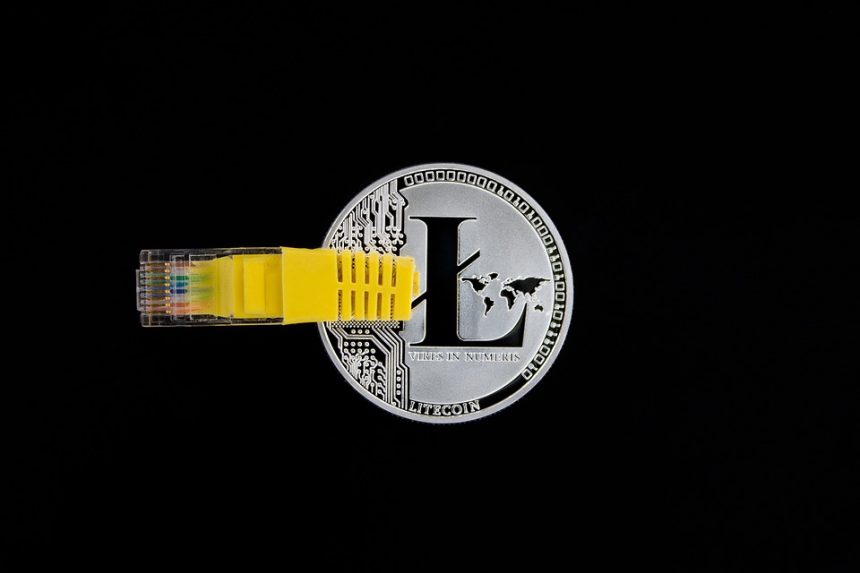In the ever-evolving landscape of cryptocurrency, Bitcoin and Ethereum have long held the throne as the king and queen of the digital asset world. With Bitcoin celebrated as the original cryptocurrency and Ethereum praised for its smart contract capabilities, they have defined the parameters of success in the crypto sphere. However, as the market matures, altcoins—cryptocurrencies other than Bitcoin and Ethereum—are making significant strides, causing some to question whether the dominance of these giants is waning.
Understanding Altcoins
Altcoins encompass a wide range of cryptocurrencies that emerged after Bitcoin made its debut in 2009. They are designed to provide various functionalities, use cases, and improvements over Bitcoin. While some altcoins, such as Litecoin and Ripple, have achieved considerable visibility, others are niche-focused, aiming to solve specific problems in fields like finance, supply chain, healthcare, and governance.
The Surge of Altcoins
The rise of altcoins can be attributed to several factors:
-
Diverse Use Cases: Altcoins often offer functionalities that Bitcoin and Ethereum do not. For instance, Chainlink provides decentralized oracles for smart contracts, while Polkadot facilitates interoperability between different blockchains.
-
Lower Entry Barriers: With altcoins available at lower price points compared to Bitcoin and Ethereum, they present an attractive opportunity for retail investors. The allure of potentially high returns from smaller projects encourages many to diversify their portfolios.
-
Innovative Technologies: Many altcoins leverage cutting-edge technologies or new consensus mechanisms. Examples include Cardano’s proof-of-stake protocol and Solana’s high throughput capabilities, aiming to address scalability and efficiency challenges faced by earlier blockchains.
- Regulatory Developments: As regulatory frameworks evolve, altcoins that address compliance and security concerns are gaining traction. Projects focusing on DeFi (decentralized finance) and NFTs (non-fungible tokens) have led to a boom in decentralized applications, further pushing altcoins into the spotlight.
Are Bitcoin and Ethereum Losing Their Dominance?
While Bitcoin and Ethereum continue to be the most recognized and capitalized cryptocurrencies, several indicators suggest a shift in the market dynamics:
Market Capitalization and Share
According to analytics firm CoinMarketCap, Bitcoin and Ethereum together represented nearly 90% of the total market capitalization of cryptocurrencies in 2017. As of late 2023, their combined market cap is approximately 60%. This decline in dominance can be attributed to the explosive growth of altcoins, as investors diversify their holdings to capture potential gains across a wider range of assets.
Technological Innovation
Ethereum has made significant strides with the transition to Ethereum 2.0, enhancing its scalability and reducing energy consumption. However, the rise of competing platforms—such as Binance Smart Chain, Avalanche, and Solana—has provided viable alternatives for developers and projects looking for scalability and lower costs than Ethereum can currently offer. This competition illustrates that Ethereum is no longer the sole player in the smart contract arena, leading to a fragmentation of developers and projects.
User and Developer Trends
An increasing number of investors and developers are gravitating toward altcoins due to community-driven projects, innovative DeFi applications, and opportunities for yield farming and staking. As more users engage with DeFi protocols that run on various altcoins, their utility and inherent value grow, challenging the traditional dominance of Bitcoin and Ethereum.
Institutional Interest
Institutional adoption has largely focused on Bitcoin as a store of value and Ethereum for its smart contract capabilities. However, a growing number of institutional players are exploring altcoins, particularly those with strong use cases and innovative technology. This evolving interest may change the distribution of investments across the crypto market.
Conclusion: A Market in Flux
While Bitcoin and Ethereum have substantially anchored the cryptocurrency economy, the rise of altcoins signifies a burgeoning market ripe with potential. Their diversity, technological advancements, and unique use cases are fostering a competitive atmosphere that challenges established norms.
Are Bitcoin and Ethereum losing their dominance? Potentially. However, it may be more accurate to state that we are witnessing the maturation of the crypto market. As investors and developers explore opportunities beyond the traditional leaders, the emergence of altcoins could lead to a more decentralized and dynamic ecosystem.
Ultimately, Bitcoin and Ethereum may remain at the forefront for the foreseeable future, but altcoins are no longer mere sideshows; they are integral to the narrative of the evolution of cryptocurrencies. As this landscape continues to shift, it will be fascinating to see how the ongoing competition shapes the future of digital finance.



![Global Ambitions: [Altcoin Name] Collaborates with [Partner Name] to Expand Its Reach Global Ambitions: [Altcoin Name] Collaborates with [Partner Name] to Expand Its Reach](https://realcryptotrends.com/wp-content/uploads/2024/09/bitcoin-5385172_960_720-150x150.jpg)

